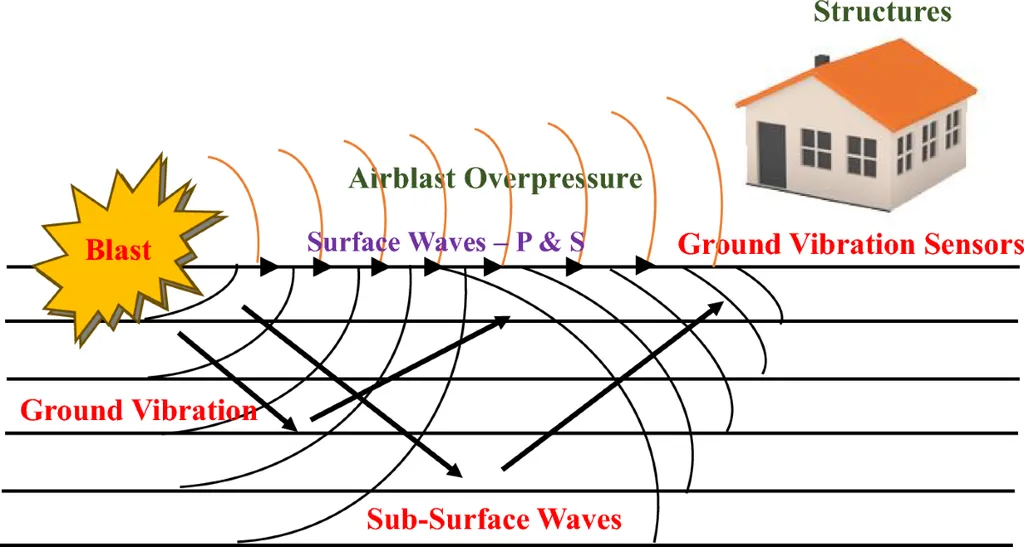In the ever-evolving landscape of construction, the need to integrate services such as electrical conduits, plumbing, and HVAC systems into structural concrete elements has become a standard practice. However, a recent study published in the journal “Advances in Civil Engineering and Environmental Science” (which translates to “Advances in Civil Engineering and Environmental Science”) sheds light on the often-overlooked impact of these service penetrations on concrete strength. The research, led by Daniel Osei from the Department of Civil Engineering at Cape Coast Technical University in Ghana, explores how longitudinal circular holes (LCH) can significantly alter stress distribution and reduce compressive strength, with profound implications for the energy sector and construction industry at large.
Osei’s study involved casting 72 concrete cubes with two different mix ratios and a constant water–cement ratio. The specimens were produced with centrally placed longitudinal holes of varying diameters—25, 50, and 75 mm. Compressive strength tests were conducted after 7, 14, and 28 days of curing for each specimen. The results were striking: a consistent reduction in compressive strength ranging from 4.61% to 27.92% with increasing hole diameter.
“This study highlights the structural implications of voided concrete and underscores the importance of evaluating the hole dimensions and concrete quality in the design,” Osei emphasized. The findings suggest that while LCHs are functionally necessary, their unregulated inclusion may significantly compromise structural integrity.
For the energy sector, the implications are substantial. As buildings become more energy-efficient and reliant on embedded services, the need to balance functionality with structural integrity becomes paramount. Osei’s research recommends limiting service conduits embedded longitudinally in load-bearing concrete elements to 8–10% of the cross-sectional area. This guideline could shape future developments in the field, ensuring that energy-efficient designs do not come at the cost of structural safety.
The study’s findings are a wake-up call for engineers and architects to reconsider the design and placement of service penetrations. As Osei notes, “Although LCHs are functionally necessary in modern construction, their unregulated inclusion may significantly compromise structural integrity.” This research not only informs best practices but also paves the way for innovative solutions that harmonize the demands of modern infrastructure with the need for robust, reliable structures.
In an industry where every percentage point of strength can translate to significant cost savings and enhanced safety, Osei’s work is a timely reminder of the delicate balance between functionality and structural integrity. As the construction industry continues to evolve, this study will undoubtedly influence how service penetrations are approached in future projects, ensuring that the buildings of tomorrow are not only energy-efficient but also structurally sound.

